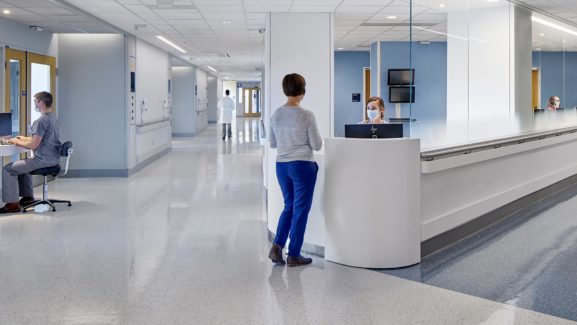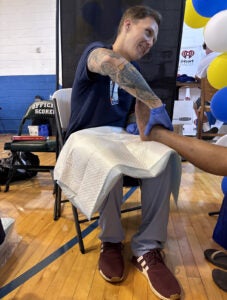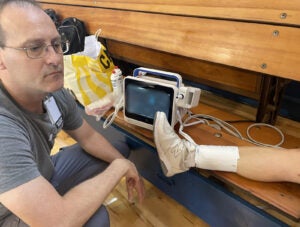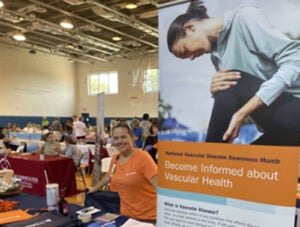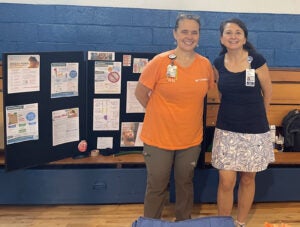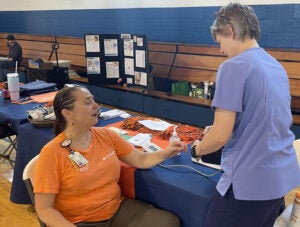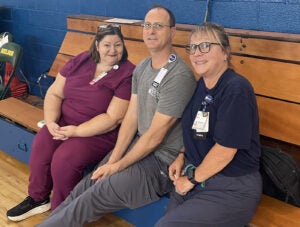
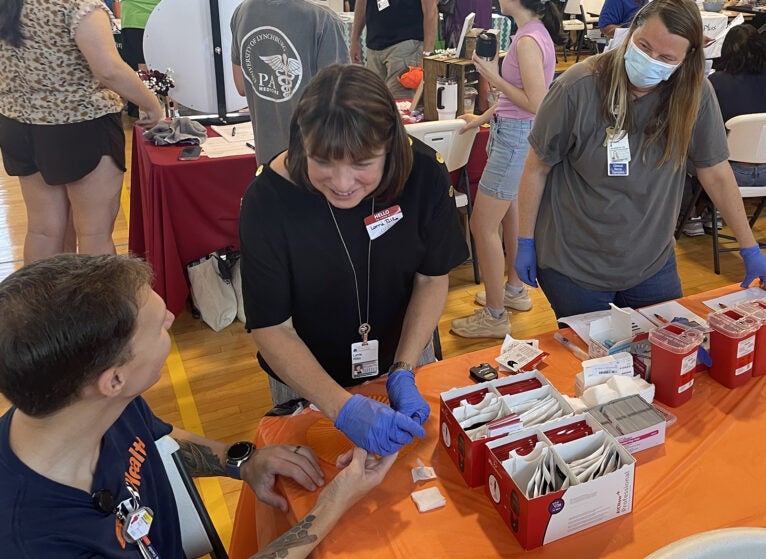
Prevention IS Possible: UVA Health Marks Vascular and Peripheral Arterial Disease Awareness Month
September is Vascular and Peripheral Arterial Disease (PAD) Awareness Month — dedicated to raising awareness about the link between diabetes and vascular disease, and the importance of early screening.
At the Crossroads
Diabetes and vascular disease often intersect — sometimes with serious consequences. Wednesday, Sept. 10, noon to 1 p.m., as part of Vascular and PAD Awareness Month, Caroline Tippett, DPM, will lead the educational session “At the Crossroads of Diabetes and Vascular Disease: Prevention Through Screening.” Join via Zoom (meeting ID: 9932538498, passcode: 86520243) or in-person at the Primary Care Conference Room 2516 (back hall of the Primary Care Center, second floor).
The co-director of the Limb Preservation Service will share how proactive screening can help prevent vascular complications before they start. Learn the link between diabetes and vascular disease, how early screening can save lives, and practical steps to reduce risk and protect vascular health. Lunch will be provided. Seating is limited — please contact Bernie Ammons, MSN, RN, VA-BC, Clinical Program Coordinator, Vascular Surgery/Aortic Center, to reserve your spot.
Preventing Devastating Complications
This year, Nelson County, Virginia is taking center stage in a UVA Health outreach initiative aimed at reducing preventable amputations, improving health outcomes, and increasing access to lifesaving screenings.
Dr. Tippett and a team of 11 volunteers held the Nelson County Outreach Initiative’s first clinic at the Nelson Community Health Fair. The event provided:
- 40 blood pressure screenings
- 30 hemoglobin A1c tests to assess for prediabetes and diabetes
- 30 patients received foot exams to identify risks and complications for diabetes and peripheral arterial disease.
- Education stations on vascular disease, smoking cessation, diabetes management, and nutrition.
“These screenings and conversations are the first step toward preventing the devastating complications we too often see with untreated diabetes and vascular disease,” says Dr. Tippett.
Growing Challenge
More than 38 million people in the United States — over 11% of the population — live with diabetes, and the number is climbing each year. Diabetes significantly increases the risk of neuropathy, peripheral arterial disease, and foot ulcers which can lead to minor or major amputations:
- 80% of major amputations are preceded by a foot ulcer.
- The five-year mortality rate after a major amputation ranges from 40% to 80%.
- Diabetic foot ulcers drive prolonged hospitalizations, reduced quality of life, and significant health care costs.
The burden is even greater in rural areas in the southeastern United States as many of the counties lie within the “Diabetes Belt” of the southeastern United States — a region known for higher rates of diabetes-related complications. Limited access to specialists, lower health literacy, and socioeconomic disparities contribute to worse outcomes.
Prevention Is Possible
Many risk factors for diabetic foot complications are modifiable, including:
- Glucose control
- Smoking cessation
- Healthy body mass index maintenance
- Recognition of foot ulcers/early warning signs of foot ulcers
Primary care physicians are key to early detection, but many rural practices lack specialized tools for risk stratification and reliable referral pathways. Research shows that integrating foot screening and education into primary care improves outcomes.
Call for Community Support
The Nelson County Outreach Initiative is seeking partners, resources, and funding to expand its efforts. By working together — we can reduce preventable amputations, improve quality of life, and ensure equitable access to care for all residents. When it comes to diabetes and vascular disease, early detection isn’t just important — it’s lifesaving!
Resources for Vascular and Peripheral Arterial Disease Care
Latest News

